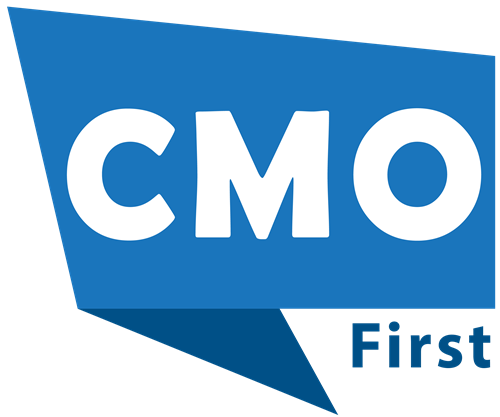The Retail industry, hospitality and aviation have long depended on B2B loyalty programs to promote consumer loyalty. They introduced discounts, early access to new products, and exclusive perks that enhance the customer experience and generate loyalty. However, the concept has only lately gained traction in the B2B industry.
Consumer loyalty has significant consequences for B2B organizations and is just as important as it is for consumer-facing enterprises.
A loyalty program represents an essential growth potential for organizations prepared to reimagine the conventional transactional structure of their B2B relationships. However, B2B customers might be a difficult nut to crack in this sense. A B2B loyalty program must match with the customer’s strategic business goals. It should be able to transform transactional relationships into dynamic partnerships designed to promote mutual success in order to be successful.
Also Read: B2B Healthcare Marketing Challenges in 2022
Three steps to achieving B2B loyalty
Businesses cannot build a winning B2B program by cloning the B2C program, but they can certainly benefit from decades of B2C lessons learned. They will need to adopt B2C principles to their business in order to reap the rewards highlighted.
Dig more to gain a better understanding of the business buyers
A well-thought-out segmentation strategy is the core of any well-designed loyalty program. This begins with identifying and understanding consumer segments. Understanding B2B customers, on the other hand, is more challenging than understanding B2C customers. For one thing, B2B buyers segmentation is more complex because getting access to them is more difficult. This is in part because transactions are conducted under the auspices of the customer-company relationship, making it difficult for the vendor to understand the negotiation, since it’s often based on the representative of the company and his or her ideas.
Identify and promote excellent customer behaviors
Businesses should concentrate not only on the present, desirable behaviors but also on new ones they wish to elicit—behaviors that will help them achieve their overall business goals. These behaviors could involve their customers purchasing a greater selection of products from organizations, increasing shelf space for those products, referring new business to them, or requesting product reviews.
Organizations must consider which behaviors are important and structure incentives accordingly. Also, keep in mind that the behaviors that businesses are attempting to influence may differ depending on geography, company size and type, and buyer role. What motivates the business-unit vice president may not motivate the procurement head. It is critical to be consistent with program incentives so that various employees within the same organization receive the same rewards for the same behavior, but businesses may also want to be able to customize some advantages through promotions and other means.
Also Read: How Advanced Virtual Assistants Can help Customer Experience Transformation
Make the program as simple as possible
The greatest B2B loyalty programs are simple to use, both for the sales team (to encourage enrollment) and for the customer (so they actually use it). Businesses should begin with a simple loyalty program concept. It is difficult to predict which features will produce benefits until companies test them, and the more variables they begin with, the more difficult it is to isolate their impact. Businesses must ensure that the instructions on how to use the program and the app they create for it is user-friendly. The program’s basic structure (e.g., points accrual and redemption methodology, tiers, and benefits) should be clear.
























Leave a Reply